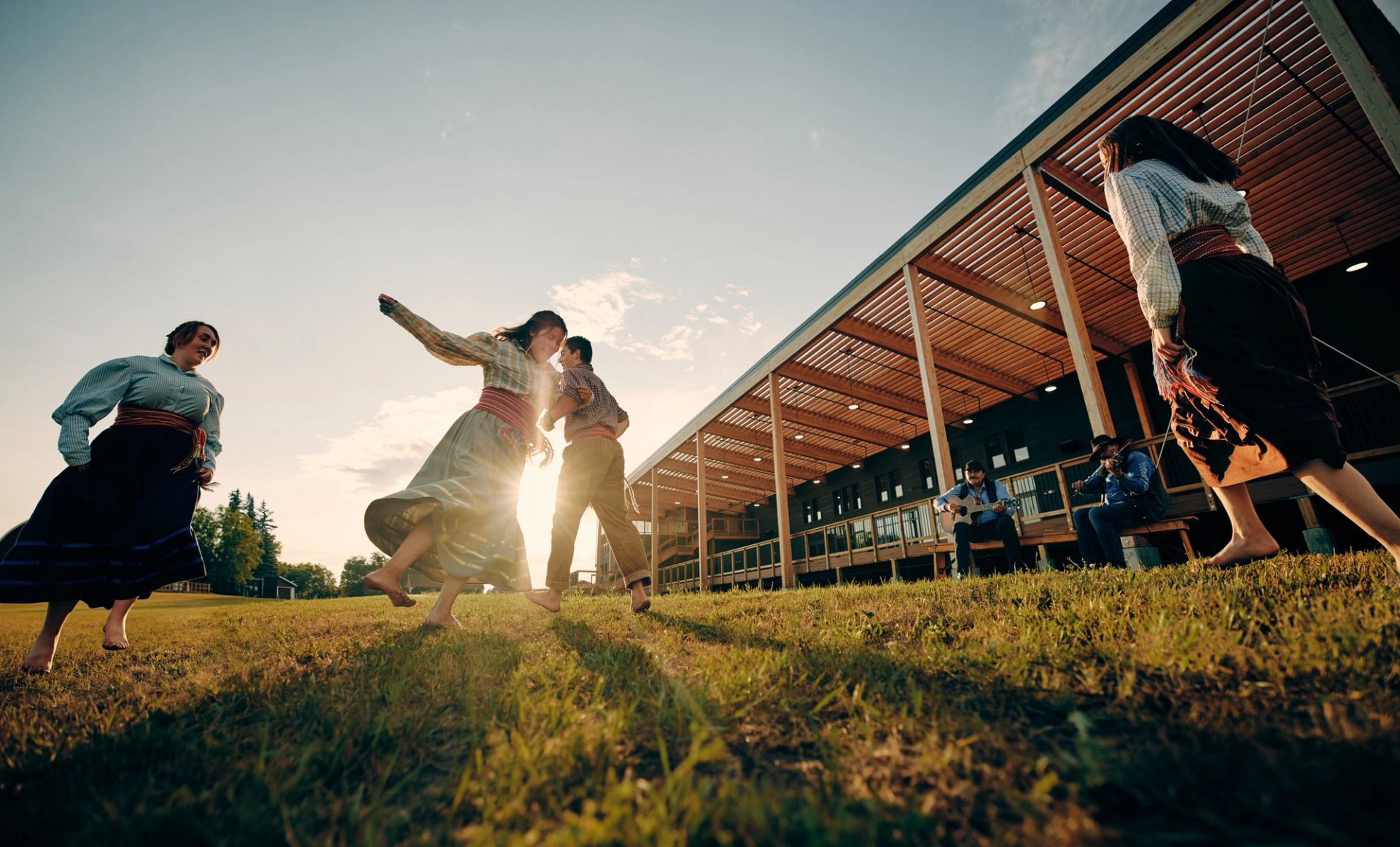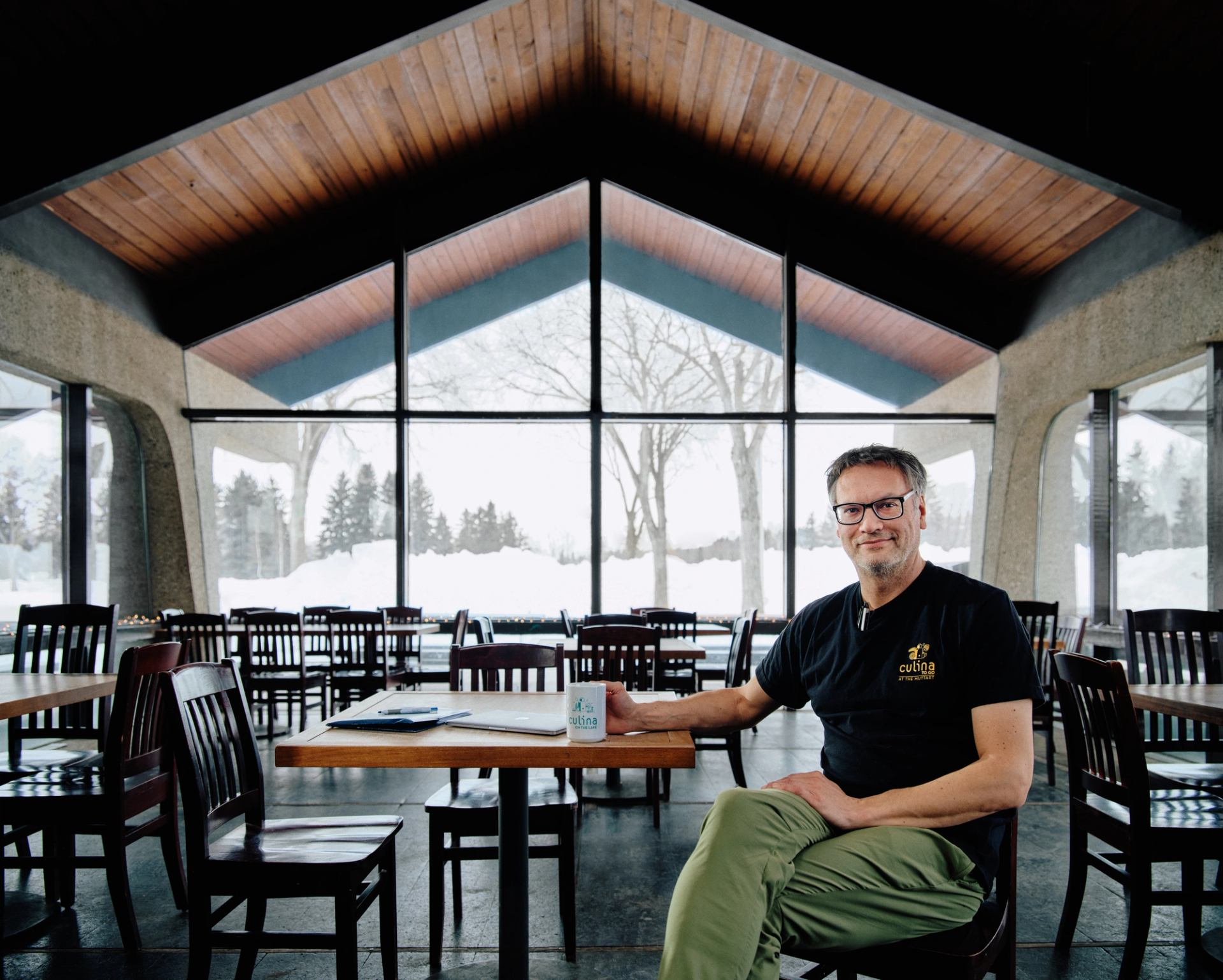Brad Lazarenko didn’t grow up eating Indigenous food. Some of his family members didn’t even want to admit they were Indigenous, because of stereotypes and concerns about discrimination.
But in high school Lazarenko started to embrace his Métis heritage. The French word “Métis” means “mixed blood” and Métis people are of mixed European and Indigenous ancestry. The Métis developed their own unique language and culture and are one of the three recognized Indigenous peoples in Canada. Over many years, Lazarenko has come to understand more about Métis culture and as a chef he has learned a great deal about Indigenous cuisine. It’s been a lifelong journey of discovery.
Lazarenko began working in the restaurant industry in his early 20s – bartending, hosting and prepping in the kitchen. You could say he learned the restaurant industry from the ground up – eventually becoming a chef and running the kitchens at some of Edmonton’s best dining establishments.
“I spent eight-and-a-half years at Packrat Louie Kitchen & Bar being mentored by Chef Peter Johner, a Swiss-trained chef and successful restaurateur,” Lazarenko says. “Edmonton was just coming into its own as a Canadian culinary destination and there was an influx of excellent European chefs in the 1980s who really helped to elevate the city’s food scene.”




